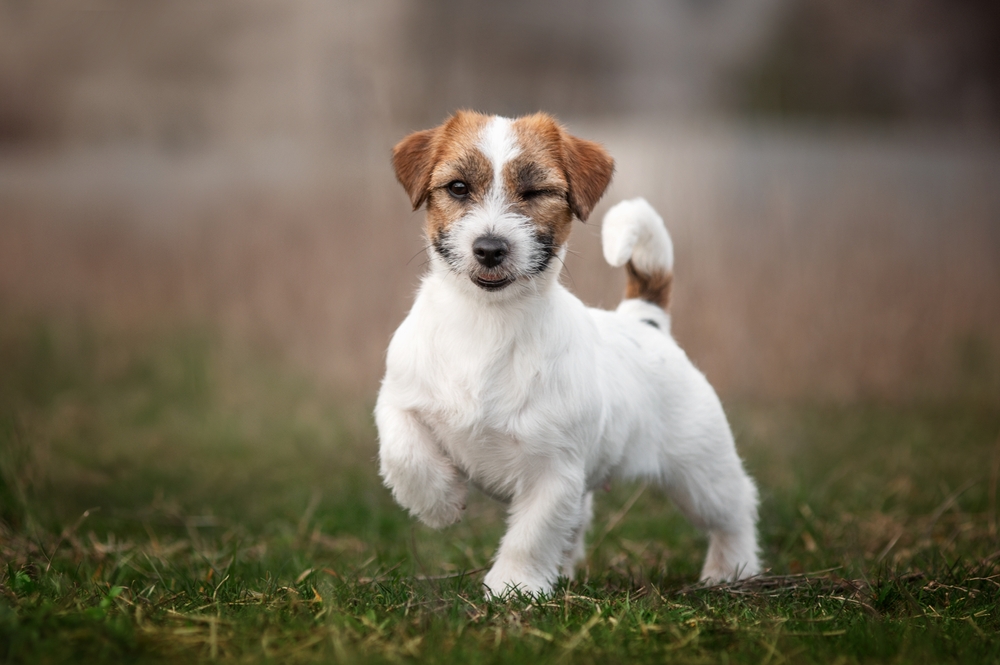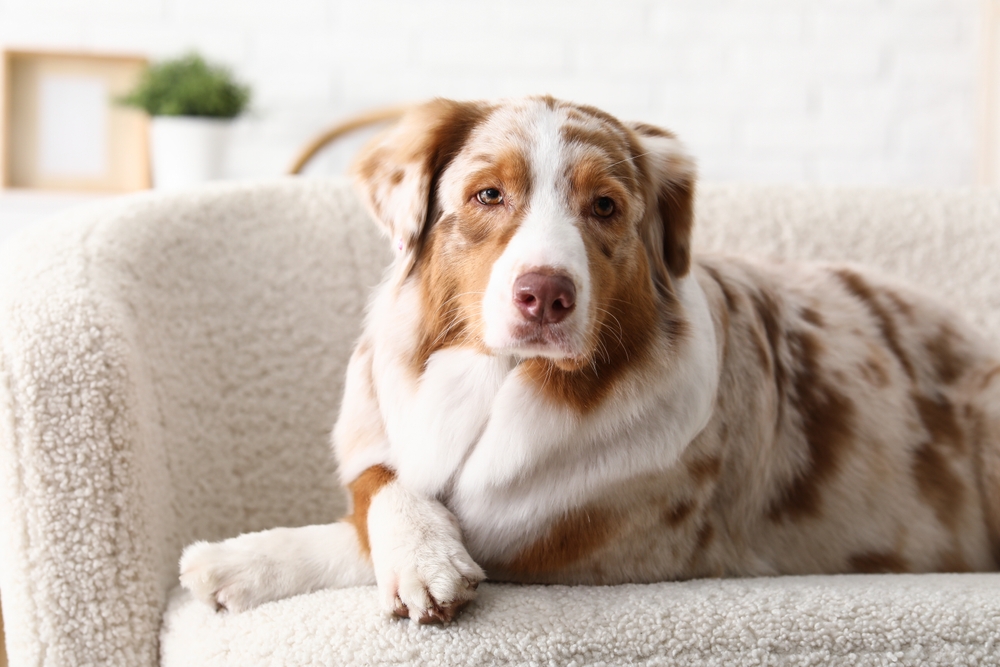Quick exercise guide for your dog
You know that you need to exercise every so often if you want to maintain yourself in good shape, but how about your dog? This also applies to your pup! Based on its size and breed, your companion will need to have an exercise routine, and you are the one who should take care of this.
A dog that gets enough physical activity is a dog that has fewer chances of developing obesity, slow cognitive decline, bad joints and muscles, cardiovascular problems, or other dangerous health conditions.
Even more, some time spent together means an amazing opportunity to bond, so you are killing two birds with one shot. Why not give it a try after all? Read on and discover the best exercise routine for your dog.

Breed
Each dog is an individual, and their requirements for physical activity vary based on their breed, age, or health condition.
Some breeds are more active than others, and you should always plan based on this fact. For example, a mastiff or a pug will love a lazy evening on the couch, but a Jack Russell or a husky will become incredibly bored and start destroying the house if they don’t get the chance to run a little bit every day.
Also, the breed can determine how much exercise they can handle based on some breed-specific traits. Flat-faced dogs like pugs may have trouble breathing and can overheat if they exercise too hard. On the other hand, pups with longer snouts breathe more easily during intense physical activity, so they are capable of more.
A pug will be ok with a 20-30-minute stroll around the neighborhood, but bigger dogs will need longer speed walks in order to burn off their energy.
Health
The health status of your dog is a crucial factor when determining how much exercise it can handle. There are numerous health conditions that lower their ability to tolerate physical activity, which means your pup can get tired more easily. These dogs need less physical activity than those who are healthier, and you should be very aware of this in order to prevent further complications.
Arthritis is a very common condition among older dogs and is known to cause joint pain and stiffness. This makes movement very difficult for the pups. Then respiratory diseases make breathing a burden, especially during intense exercise sessions. Obese dogs put a lot of pressure on their joints and hearts, and this is how exercising becomes something extremely difficult for them.
Endocrine disorders, such as hypothyroidism or Cushing’s disease, can also mess with your dog’s stamina and energy levels. Dogs with hypothyroidism tend to feel weak, and those who battle Cushing’s disease may have muscle loss or fatigue.
So, if your beloved friend has a chronic condition, you should be mindful of it and adjust their routine based on their individual needs. Always talk with your veterinarian and ask them for advice regarding how to keep your pup in the best shape.
Age
The age of your dog is very important when you decide how much exercise they need because, based on their age, there are some limits you should respect.
Veterinarians generally recommend the “5-minute rule.” This means your dog requires five minutes of exercise for each month of age, one or two times per day. This means that a six-month-old pup will need around 30 minutes of activity at a time.
It’s very important for small dogs to take care of themselves because their growth plates are still developing, and if they exercise too much, they can hurt themselves. Intense activities such as running, jogging, or hiking need to be avoided until the dog gets bigger.
Then we have the senior dogs. If your pup is older, this doesn’t mean they can’t exercise. They can still do it, but you need to be careful. It’s important for them to be active because it is great for muscle tone, joint flexibility, and overall health.
But if they have some health conditions such as arthritis, you will need to take it easy. Gentle walks, light playtime, or swimming are often ideal options for senior dogs because they provide the right amount of exercise without putting too much strain on their fragile bodies.
The standard approach
Generally, if your dog is healthy, they will need to exercise every day. This is the best way to keep them healthy and happy for years to come. Consistency is key. Intense activity is more than welcome from time to time, but this should not be a rule.
If you have a growing puppy, be careful because the routine should be a little bit different. High-intensity activities can impact their growth and put pressure on their joints and bones. You can check with your vet for advice and recommendations.
Also, the weather is a pretty big factor. Why? There are some dogs that are sensitive to extreme temperatures, which means you should never take them outside during very hot or very cold days. Ice surfaces or hot pavement can harm their paws, so it’s better to check the weather before going outside. During the summer, always bring some water with you to help your pup remain well-hydrated.
But running and walking are not the only options when you want your companion to be more active. Hiking, swimming in safe areas, playing fetch or tug-of-war, and setting up homemade obstacle courses are all amazing activities you can try. Also, social play, such as playing with other dogs at the dog park, is great to keep them moving.

Signs your dog is not active enough
Pups that don’t exercise enough are also the ones that are more prone to various behavioral issues. They might be the ones that chew your new shoes or destroy your couch.
Anxiety is another big problem for the pups that don’t use their energy. This can manifest as barking, whining, self-injury, or pacing. They might try to convince you to go outside, bark in front of the door, bring you toys, and so on. These pups know what their needs are, and they are just trying to alert you about what they need.
Even more so when your dog is not getting enough physical activity, they may start developing various health problems. For example, arthritis and obesity are widespread among pups who stay a little bit too much inside and don’t get the chance to play and exercise.
If you notice that your dog is struggling with something, you should immediately contact your vet. Things may evolve quickly and unexpectedly, and it is better to identify the problem early so you can take better care of your loyal companion.
Is your dog exercising too much?
Yes, this can happen more often than you think, but hopefully, there are signs you can spot. Let’s say that you both are outside and you play. After some intense activity, you notice your dog panting heavily and stopping. They are looking for a place to lie down immediately. This is a clear sign they are exhausted and need to take a break. When you notice this type of behavior, you should let them rest and offer them some water.
Excessive drooling and red gums or tongue are also indicators of too much physical activity, together with limping after exercising. Most of the time, your pup will be alright once they take a break, but if these symptoms don’t disappear, you will need to visit the vet as quickly as possible.
Need a new toy for your friend? Tough Indestructible Dog Toys for Large Aggressive Chewers, Durable Dog Chew Toy for Large Breed
You should also read: From Loss to Love: A Shelter Dog’s Heartwarming Tale












